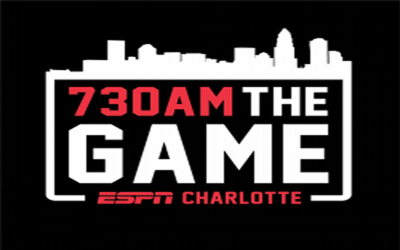Major League Baseball and the MLB Players Association reached a tentative agreement on a new collective bargaining agreement Thursday. This ends the league’s 99-day lockout of the players and saving a 162-game regular season. The union voted to approve a new proposal by a 26-12 margin (a simple majority, or 20 votes, was all that was required for the new agreement to pass, but it’s notable that the eight members of the executive subcommittee all voted no).
The CBA must still be ratified by both parties before it becomes official. Once this takes place, Spring Training Camps will open with a March 11 voluntary report date and a Sunday, March 13 mandatory date, and Spring training games start March 17, bringing the three-month lockout to an end.
The owners first enacted the lockout on Dec. 2, when the previous CBA expired, marking MLB’s first work stoppage since the 1994-95 players strike. Though the league characterized that act as a defensive mechanism it hoped would hasten negotiations, the owners then waited more than six weeks to make their first proposal. Talks finally heated up in the final week of February, when the two sides daily met in Florida. An agreement was reached Thursday after hours of negotiations at the bargaining table this week in New York.
The deal was achieved a day after MLB commissioner Rob Manfred postponed Opening Day until April 14 because of the lack of an agreement and that each team’s first four series were taken off the schedule. With this new agreement, a full 162-game season will be played and the four series that were removed, will be rescheduled. Those games will become nine-inning doubleheaders.
The basic agreement covers all aspects of the game, but baseball’s core economics were the main focal points of the negotiations. In addition to the CBT move, the minimum salary governing players with less than three years of major league service, will improve significantly from $570,500 to $700,000, increasing to $780,000 and a bonus pool worth $50 million will be distributed among those younger players who have yet to reach salary arbitration.
MLB had been pushing to expand the postseason to 12 teams, which the MLBPA agreed to. Also, player’s uniforms will feature advertising for the first time, with patches on jerseys and decals on batting helmets.
The new five-year deal is also expected to include; a 45-day window for MLB to implement rules changes — among them a pitch clock, ban on shifts and larger bases in the 2023 season, the National League adopting the designated hitter, a draft lottery implemented with the intent of discouraging tanking, draft-pick inducements to discourage service-time manipulation and limiting the number of times a player can be optioned to the minor leagues in one season.
ESPN baseball expert David Schoenfield fells that the biggest change is two additional playoff teams, meaning 12 of the 30 teams will reach the postseason. The owners didn’t get the 14-team format they desired, but this is still a 50% increase in playoff teams from 2011.
Once the CBA is finalized, teams around the majors will return their focus on completing their offseason duties. There are more than 200 players remaining in the free-agent market, most notably; star shortstop Carlos Correa, first baseman Freddie Freeman, shortstop Trevor Story, pitcher Clayton Kershaw, third baseman Kris Bryant and others sign. The Oakland A’s could trade first baseman Matt Olson, third baseman Matt Chapman and a number of starting pitchers.


